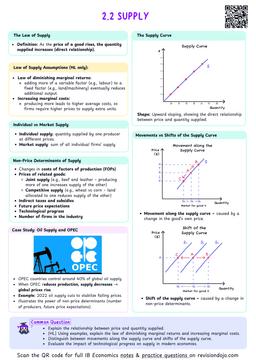Public Good
A good that is both non-rivalrous and non-excludable at the same time.
Public goods are goods that are essentially:
- Non-Rivalrous: When the consumption of a good by one individual, does not reduce the consumption of that same good for another individual.
- Non-Excludable: When no one can be excluded from utilising that good.
Examples of public good include lighthouse, national defence, etc.
- The lighthouse, for example, is a classic public good because its light can be used by one ship without reducing the amount available for other ships, and no ship can be excluded from benefiting from it.
- Similarly, national defence is a public good because it provides equal protection to everyone, where no one is receiving more or less protection, and no one is being excluded from its benefits.
- Students often assume public goods are simply those provided by the government.
- While governments frequently supply public goods, the defining characteristics are non-rivalry and non-excludability, not the provider.
Free Rider Problem
The Free Rider Problem
When a person enjoys a benefit of a good/service without paying for it.
- The free rider problem is where:


